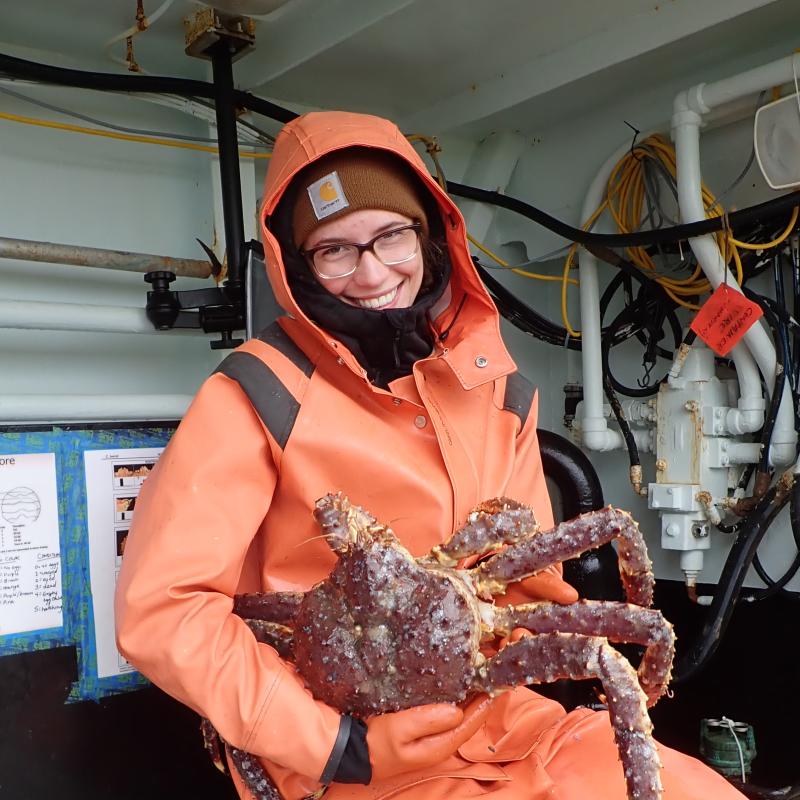Each year more than 15,000 people visit the Kodiak Laboratory.
One of the biggest attractions is our 3,500-gallon aquarium and touch tank.
Join us as we take our website visitors on a virtual tour to meet some of the unique and fascinating animals that live in our giant ocean tank.
Each month we will highlight a different marine species from invertebrates such as crabs or mollusks to sea stars (echinoderms) and fish.
A Christmas Anemone for us all!
Merry Christmas and happy holidays from all of us at the Kodiak Lab! We thought it would be fun and festive to “spruce up” the touch tank with a few Christmas decorations, but it wasn’t necessary! Our Christmas anemone (Urticina grebelnyi) says Christmas!
Christmas anemones are aptly named because of the bright red and green coloring on their column. Anemones are really interesting creatures. They may look like some type of gooey plant created by Dr. Seuss, but they are actually animals! They are in the phylum Cnidaria and are related to corals, jellyfish and hydras.
Some of you have probably touched a sea anemone in a tide pool and are familiar with their sticky tentacles. This sticky feeling is actually created by the venomous stinging cells that the anemone uses to capture prey. Once the anemone has grabbed something to eat, it contracts using a big muscle and brings the prey into its mouth along with all of its tentacles.
If you were to poke a sea anemone, you would see the process in real time as the anemone closes up! Don’t worry though, the venom that is used to sting anemone’s prey isn’t strong enough to get through human skin. Unlike me, reaching for yet another sugar cookie, Christmas anemones will eat practically anything they can get their tentacles on. This includes small fish and crabs, sea urchins, mussels, chitons, and barnacles.
We’ve got a few other friends in these photos as well, including sea stars and a sailfin sculpin—each will be featured in the coming months!
We are very excited to kick off this blog, and look forward to sharing more photos and information about our favorite critters in future posts. Stay safe, stay healthy & happy New Year!





